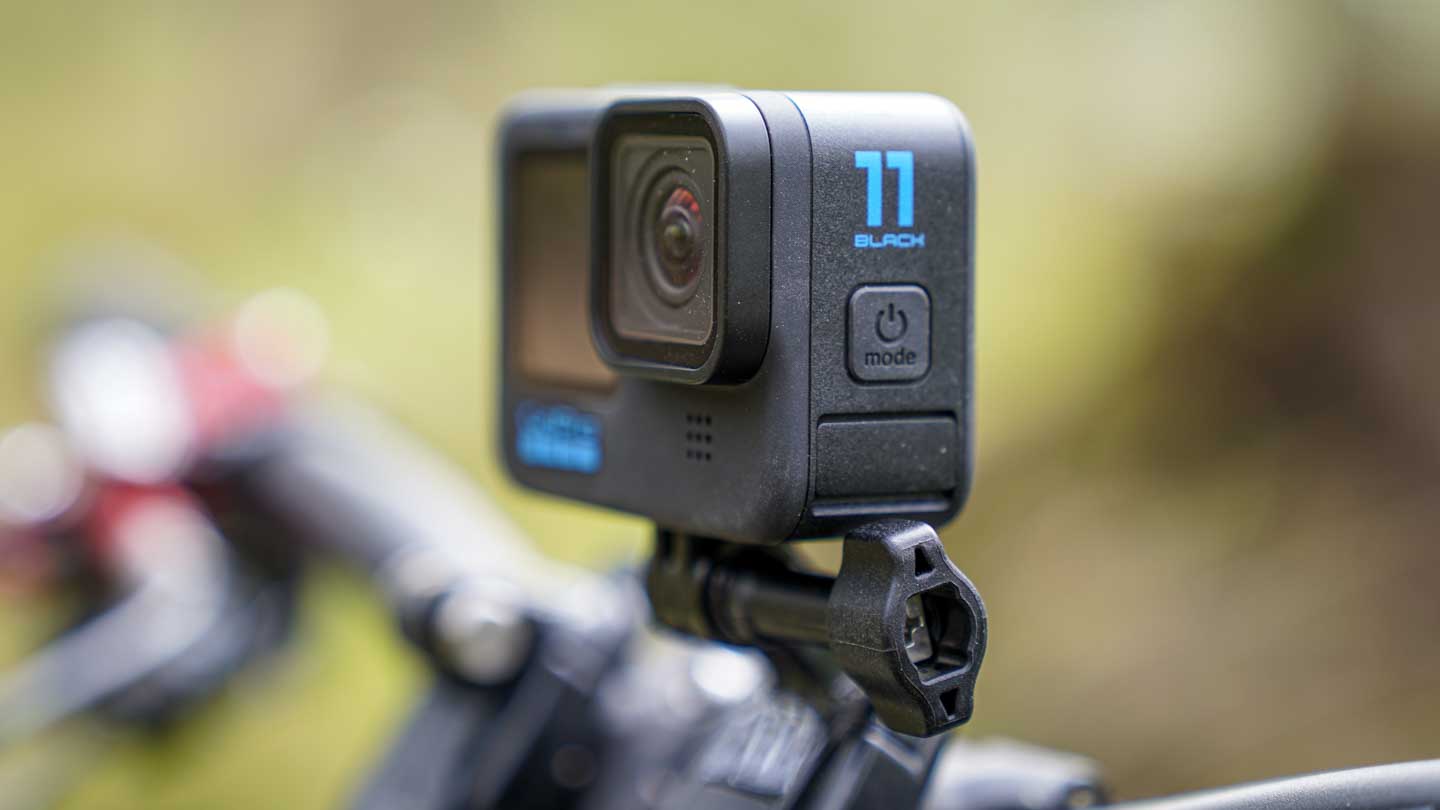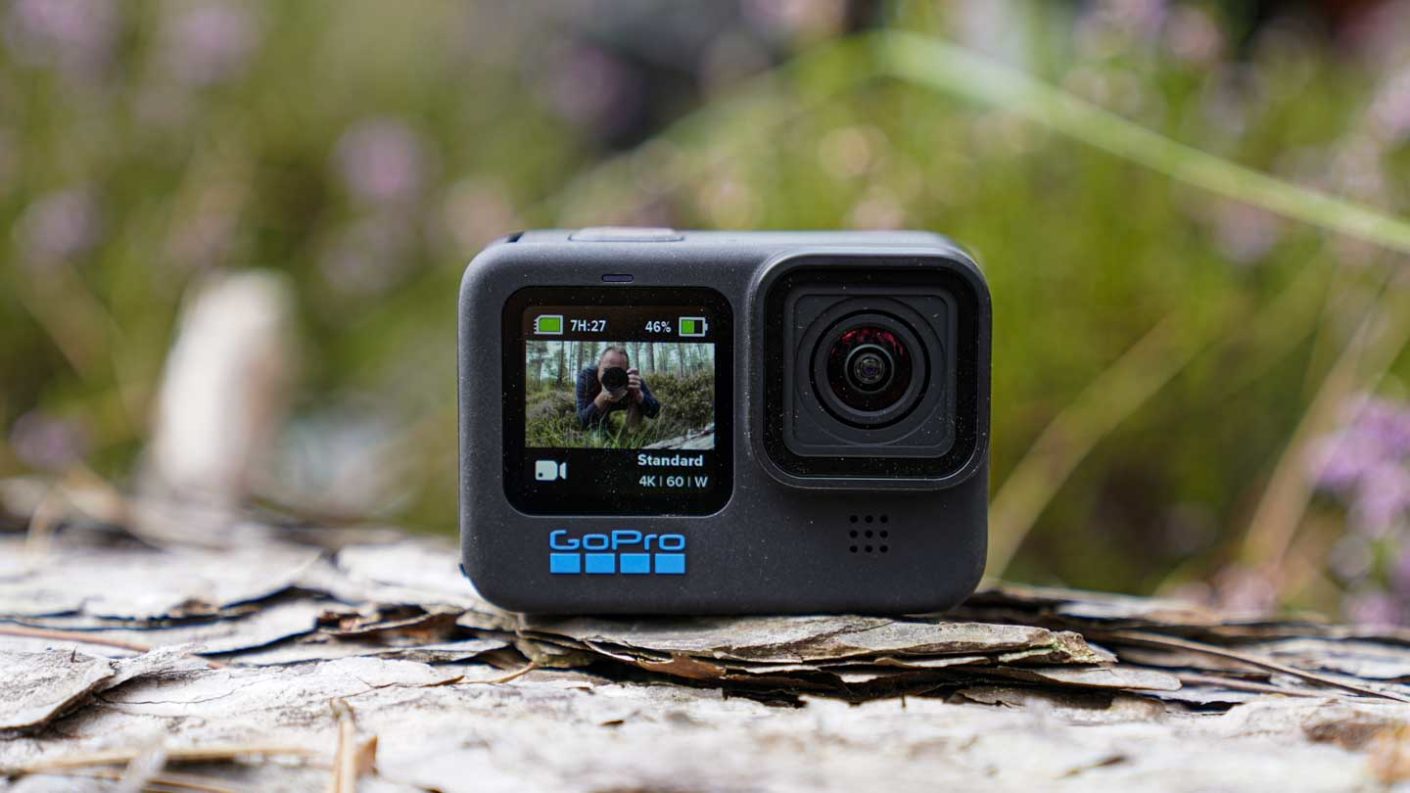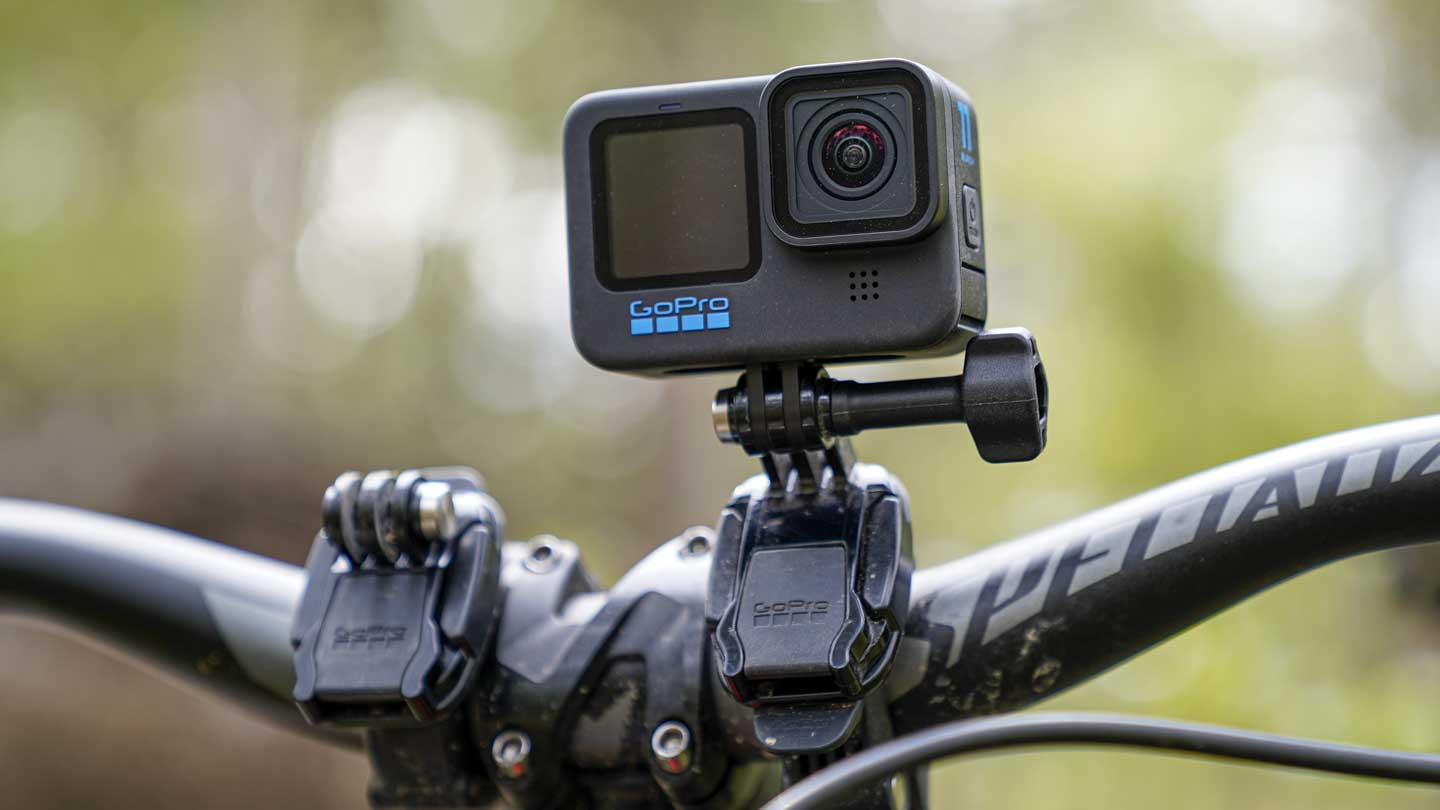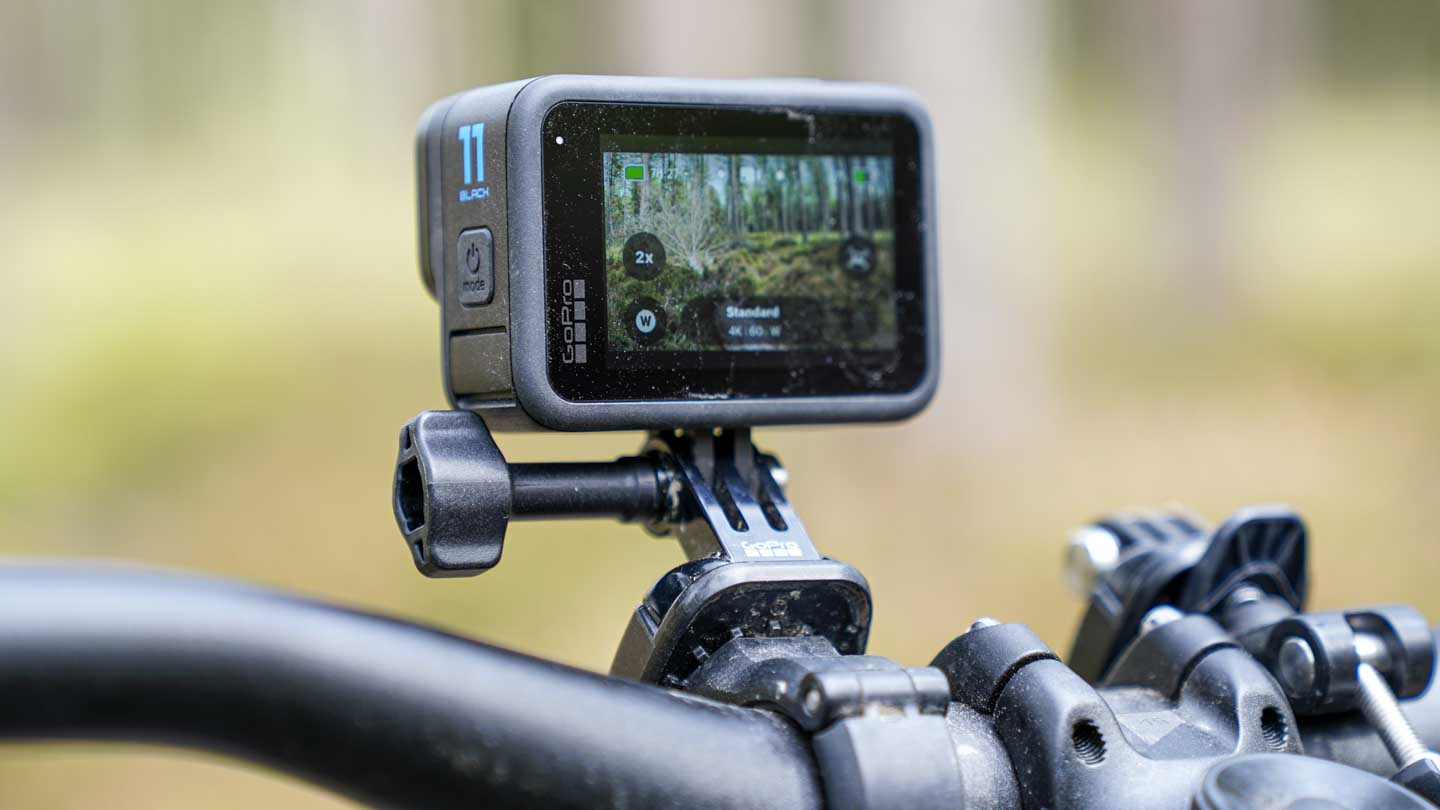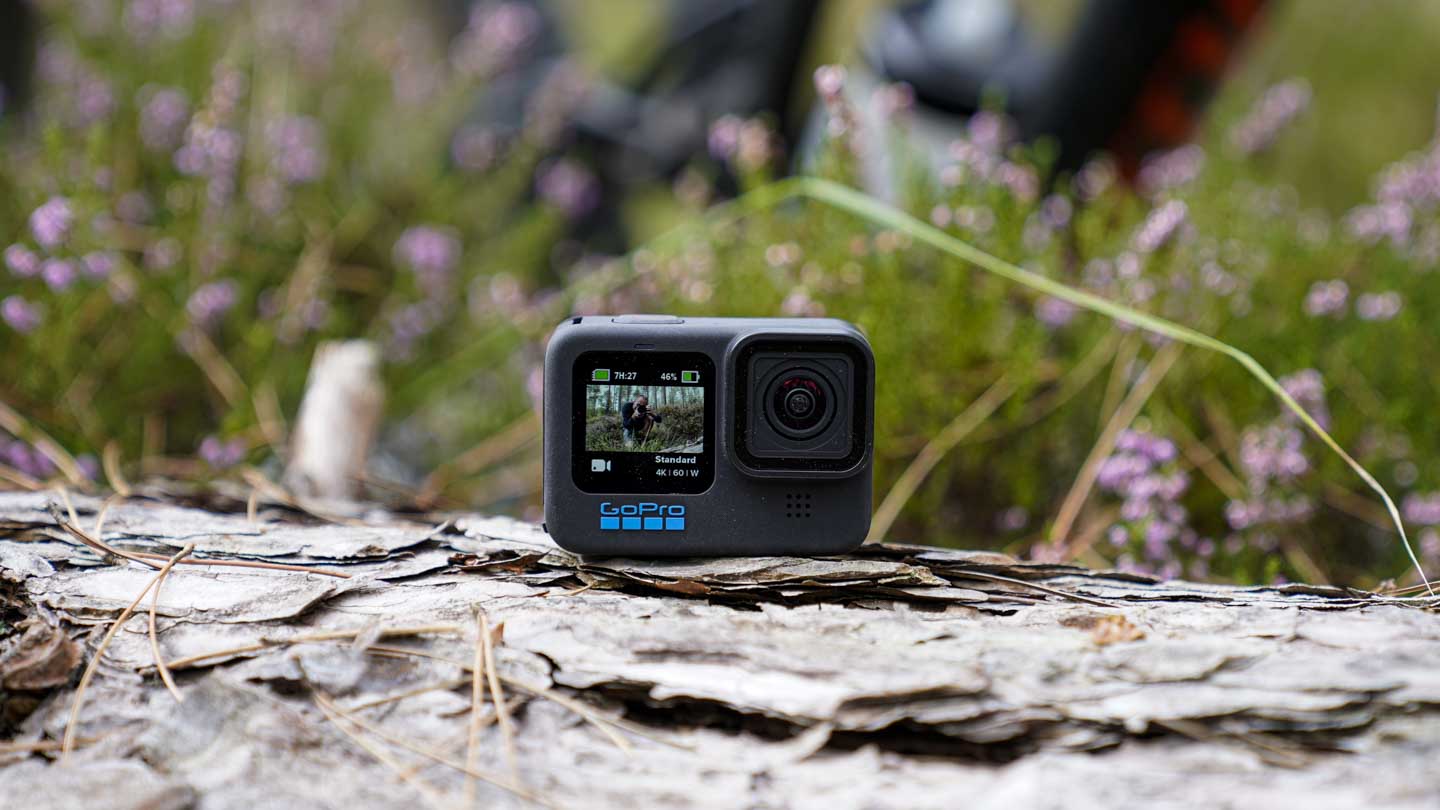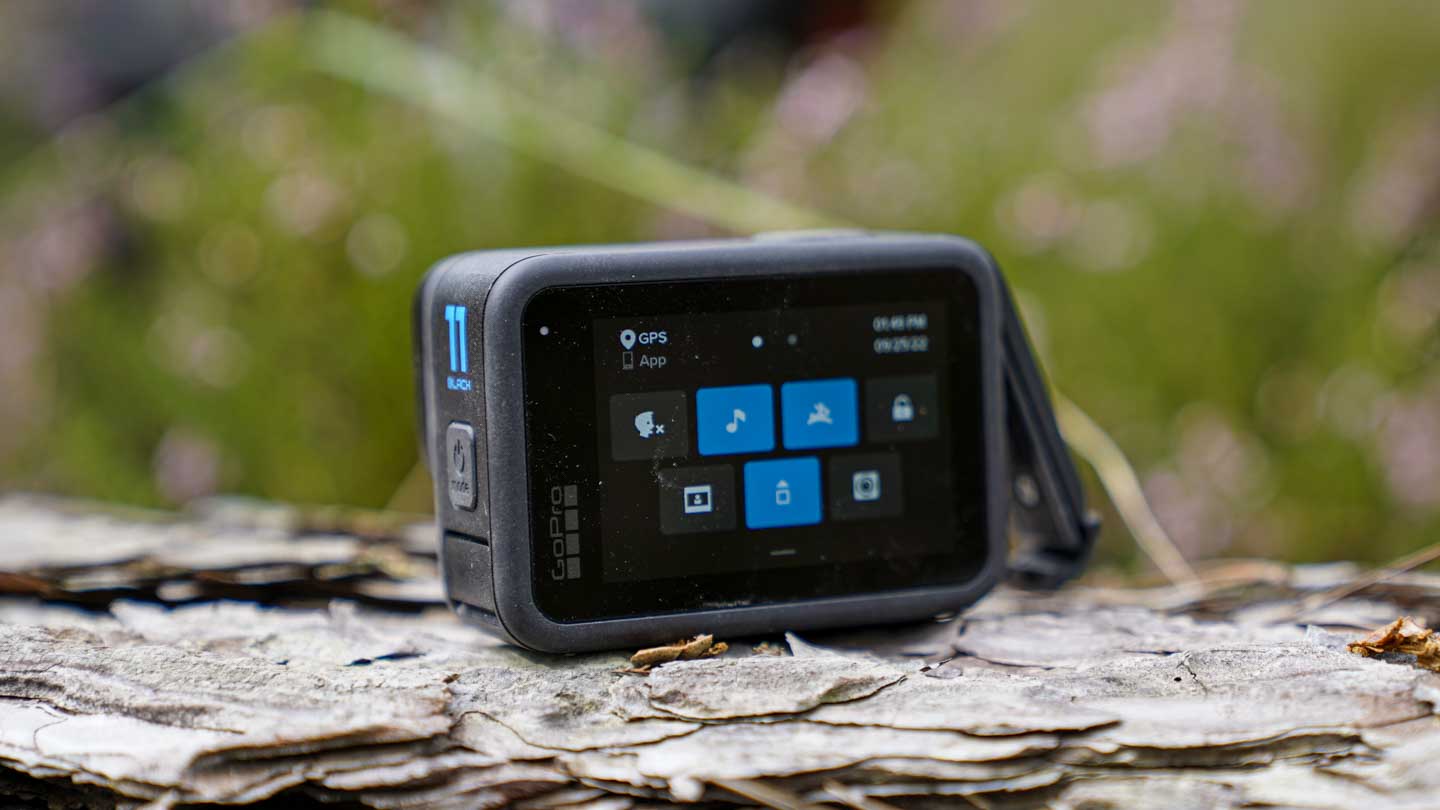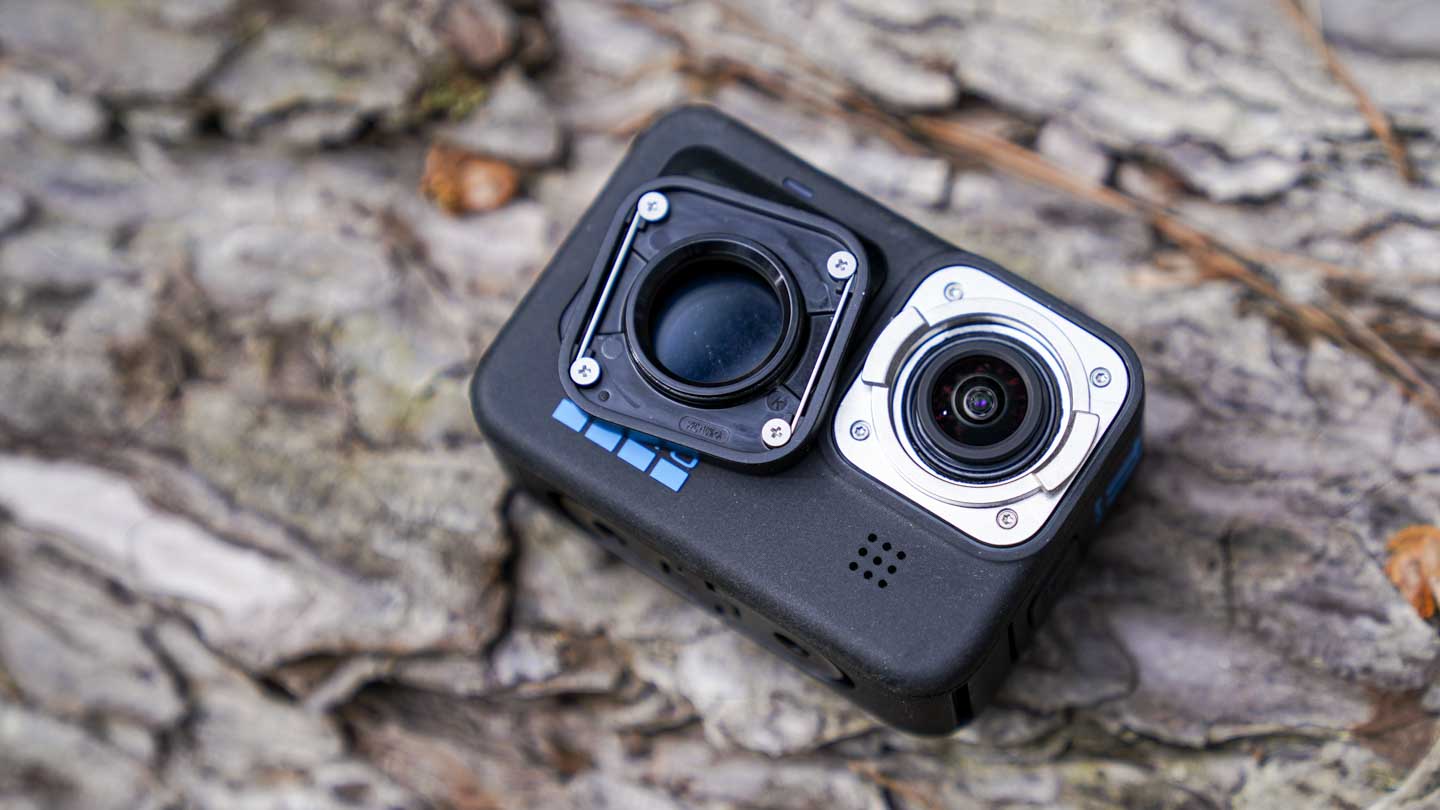Over the years, GoPro has got simpler in quite literally every way. Even the relative simplicity of the original GoPro could leave you baffled by the carousel navigation system and ultra-small screen. The GoPro Hero 3 and 4 Black added resolutions and features that could leave you in a cold sweat rotating through all the settings. Then when the GoPro Hero 5 Black arrived with its new design and easy-to-use touch screen, GoPro users breathed a sigh of relief even though there were still multiple different choices and options. However, it was all far easier to understand.
Then GoPro started to Cull loads of options that no one used or wanted and this was frankly a good thing. However, with the release of the GoPro Hero 11 Black, dip into the frame rate and resolution screens, and you’ll once again see them rammed with content; I’ll create a break-out post shortly explaining the what and why, as it can all get a little complex. Suffice to say that for most users, it will be 1080p or 4k at various frame rates.
To this end, GoPro has got the balance spot on with the GoPro Hero 11 Black. If you want to go out and film, then the preset resolution choices are all there with a tap; 4K video at 60fps, which will suit most people. Great quality video, a half-speed slo-mo if you need it, and the flexibility to crop in if you’re uploading to the internet as HD.
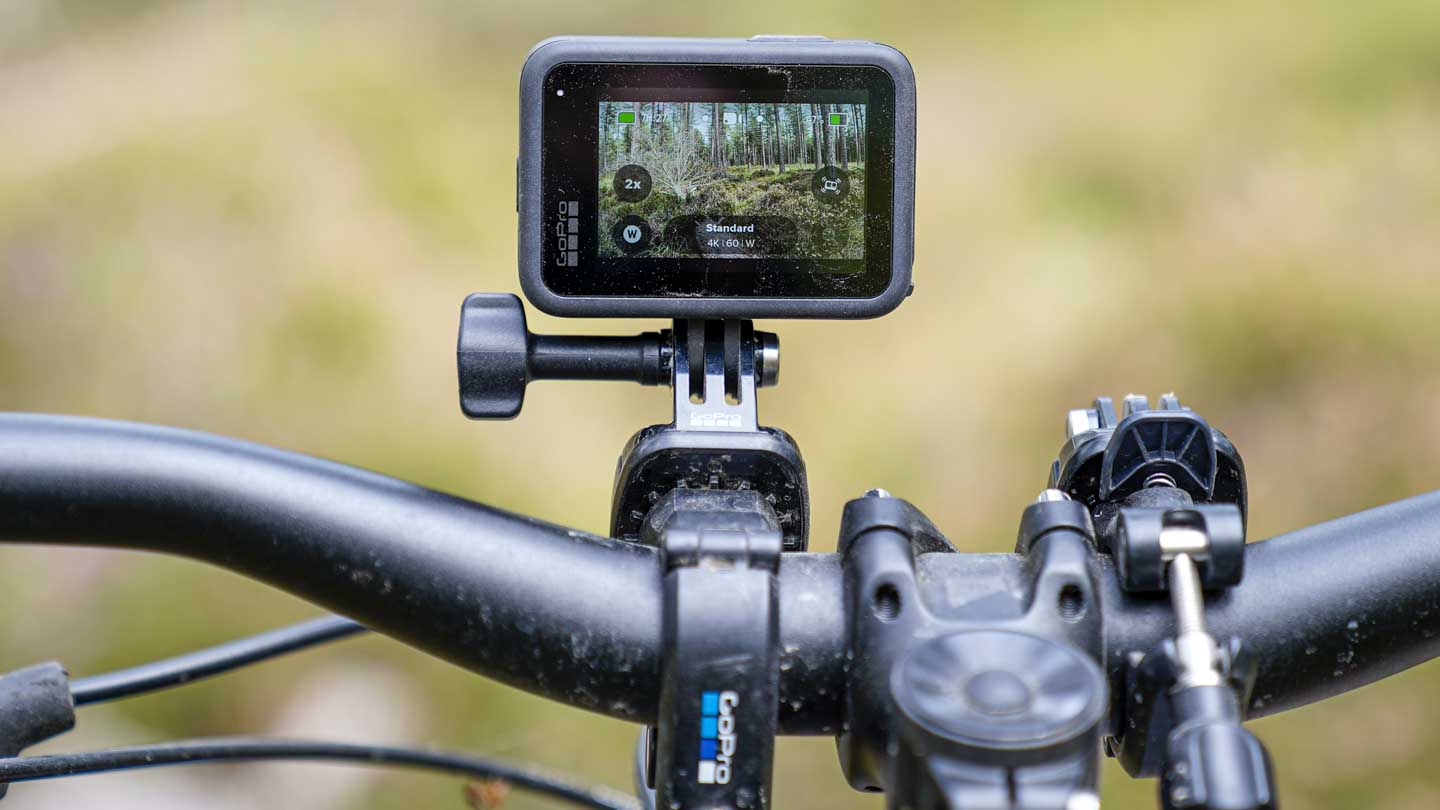
The small speed slider on the touch screen makes things nice and easy, vlogging at 4k, then select the bottom speed options either 1x (24 or 30fps), doing a bit of action, then bump that to 2x (60fps) and want ultra slo-mo then the top option 4x (4K at 120fps). Likewise, drop the resolution to 1080p, and you can push that to 8x (240fps).
Essentially what all these 1x, 2x, 4, 8x mean is that for every one second of footage you record, you can play back one second of smooth video; at 2x, you can stretch that footage over two seconds, 4x over four seconds and 8x over eight seconds. This all has to do with a trick of the eye called persistence of vision. What this trick does is to fool your mind into thinking that instead of seeing still images or frames, you’re seeing motion. A general rule is that anything more than 24 frames per second and your mind will be happy to think its seeing motion rather than stills.
So, standard framerates and resolutions give you the usual GoPro look, albeit richer and more natural. A side-by-side comparison of the 10 and 11 does show a slight increase in video quality. As ever for Pro’s, there is the ability to adjust the ProTune settings.
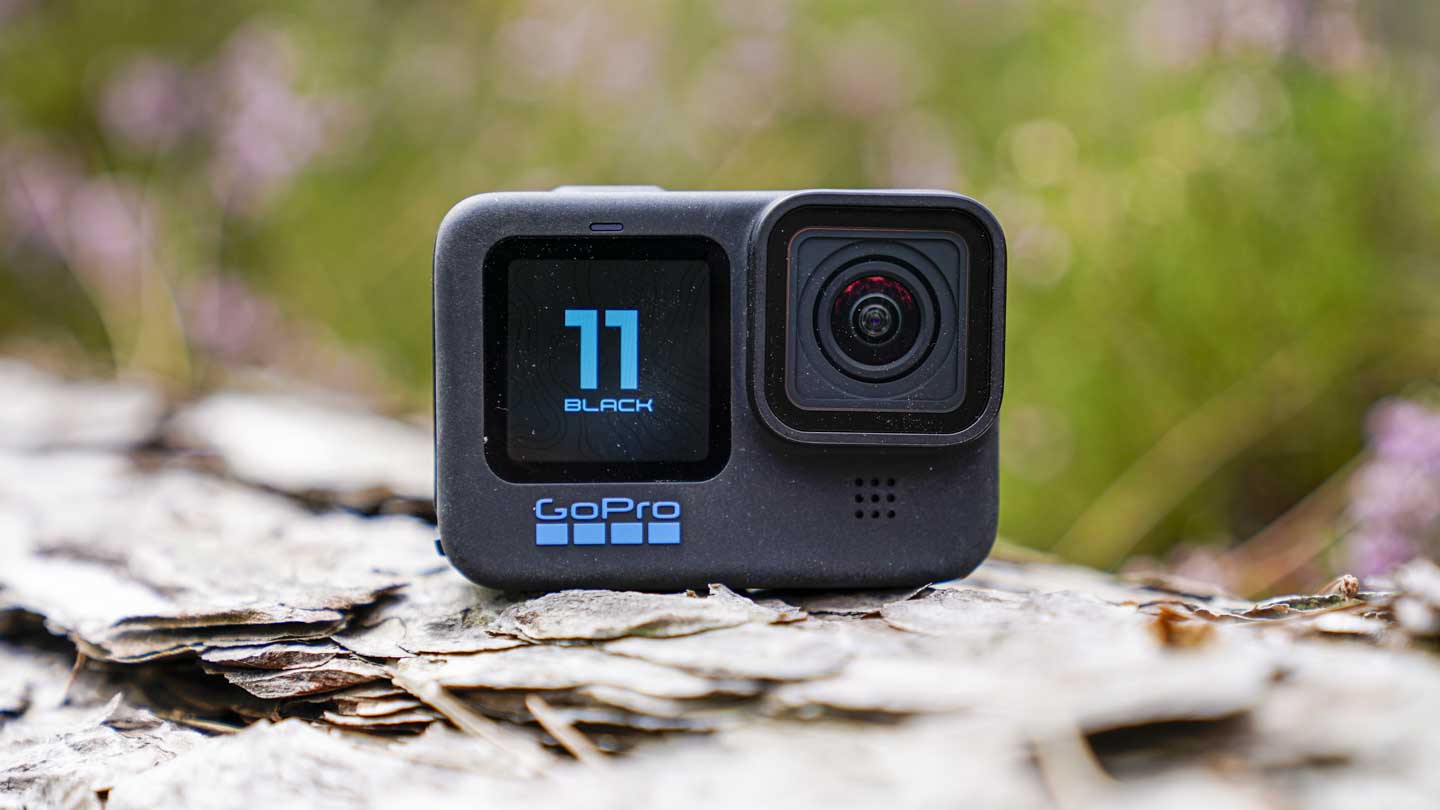
When GoPro launched ProTune it started to mark the GoPro out against other cameras, allowing professionals to delve into the settings and adjust the camera’s quality to exactly what they want.
Through this screen now, you can maximise the image quality with the option for 10-bit video, high bit rate and colour mode choices. These enable you to select the good old GoPro vibrancy, which makes you look like you’re in California. Then there’s today’s more subdued and natural GoPro and of course a Flat option for Pro’s who take colour grading, even of GoPro footage, very seriously.
These features that have been in GoPro before and again here work very well. What is new here is the 10-bit colour depth and this makes a real difference to 4K and above footage.
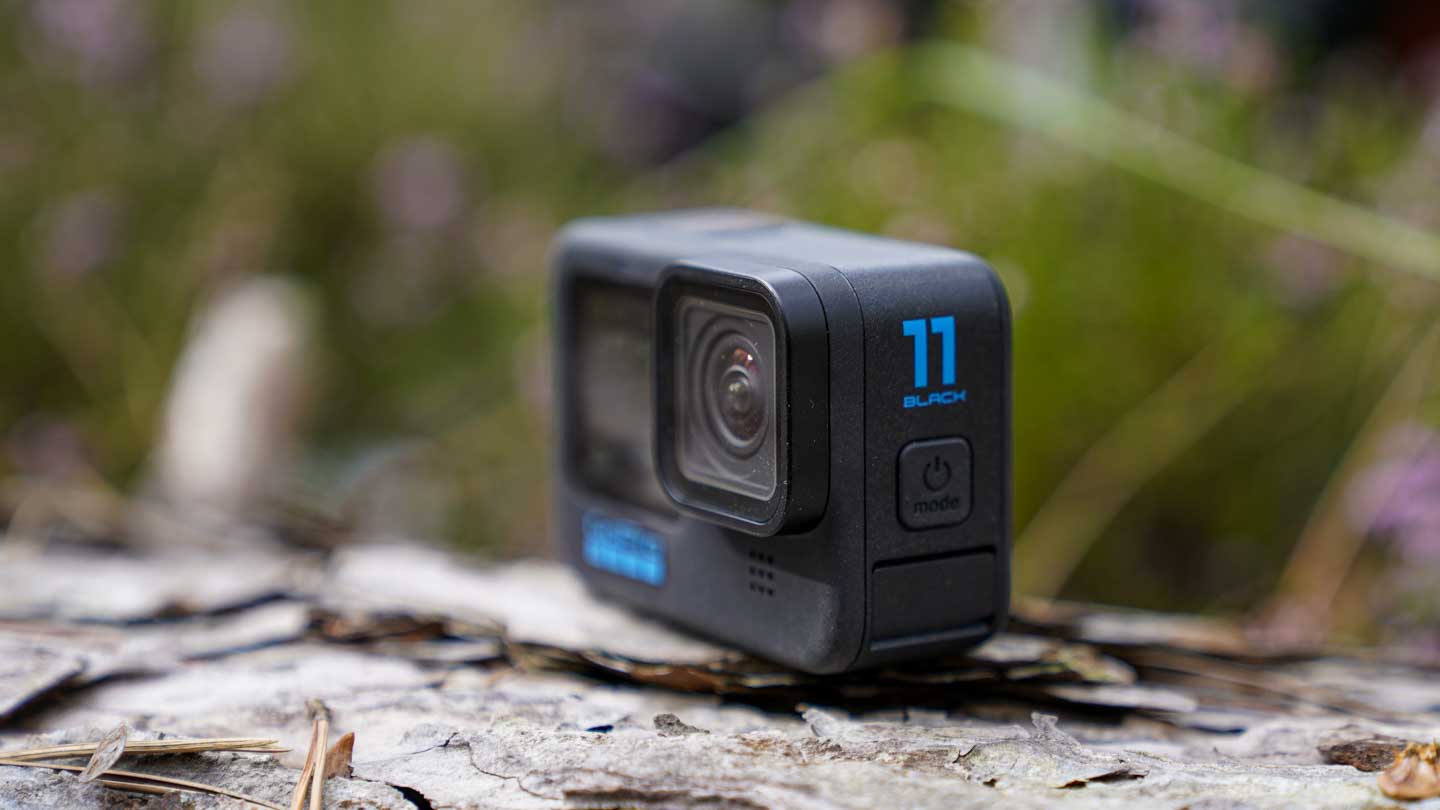
However, video quality aside for now as again it’ll need a breakout article, the new features hooked me on the new camera.
The first of these is the Horizontal Lock. This is one of those features that has so much potential and when you first start to use it you feel a real excitement. That is until you try to film something half-decent with it that shows the feature’s potential. The sample footage I shot cycling through the woods simply looks like stable footage with a flat horizon, a little like it had been shot on a drone. However, I was leaning at a good angle through the turns and even put in a few well-judged wobbles. The footage, however, looks smooth; you don’t get a clear feeling of just how incredible the feature is because the result is so good.
In GoPro’s sample footage, they attached the camera to the tail of a plane and then got the plane to do a roll. This looks completely insane as the horizon stays level, but the plane rotates around the frame; you watch it trying to understand what’s happening. The camera is fixed to the plane, but it looks separate.
This new feature is all made possible by that larger sensor and, for me, is one of the biggest innovations that GoPro has ever released in any model of GoPro.
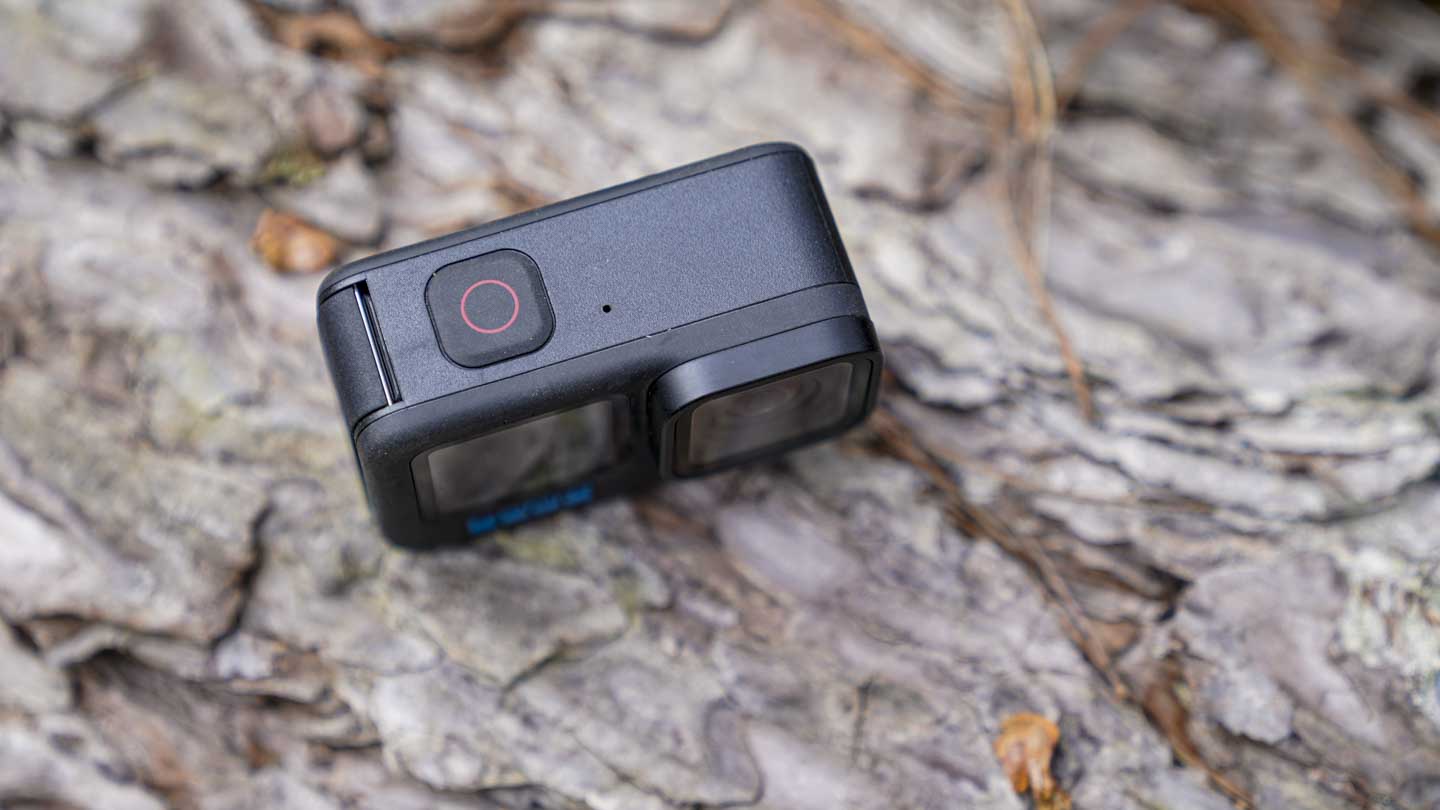
The next feature I like is the Auto editing, the highlight cloud feature. This essentially takes highlighted footage sections, uploads them to the cloud, then applies an edit and sends it back to you. The TomTom Bandit had a shake-to-edit feature a few years ago that was similar and also outstanding. Still, the TomTom took things further by linking up several TomTom Bandits and then as you sat drinking your pint, the app would edit footage from all cameras into one video. This way you could watch you fall off your bike from multiple viewpoints.
The auto edit feature is outstanding, and as long as you have the data allowance on your mobile, this is a superb feature that creates a lot of fun. This will be a standout feature if this expands to pull footage from other GoPro’s in a set group.
GoPro video quality also takes a step up. That larger sensor provides the new features and enables a step up in quality. In bright sunlight, the difference in quality is difficult to see; however, as soon as you go into the shade or the sun hides behind a cloud, the retention of tone, colour and detail are apparent.
While still not up to the levels you would expect with the larger camcorder, the quality is still excellent and well-balanced. GoPro has taken a step up and forward.
Interestingly, this version of the GoPro Hero 11 Black is available in two other options. The first is a completely different model, smaller and the successor to the fantastic GoPro Hero Session; the other is the GoPro Hero 11 Black Creator Editon. This is just the 11 Black that I’m looking at in this review with the vlogger mods added.
When GoPro started with the mods, you could see potential and the company’s aspirations. However, until now, that hasn’t been realised. The Creator edition aims to change that by giving you the hardware ready to go in one neat package. What the 11 has that previous GoPro’s have not is that new horizon lock feature, Hypersmooth, and the advanced mic system. The GoPro is now an ideal platform for vloggers, it has never been easier, and the quality of the footage is just in another league from what is possible with your mobile phone. Or possibly just mine because it’s quite old.
Overall the hardware and software enhancements of the GoPro Hero 11 Black add up to a significant upgrade for the small camera. While the 10 Black gave a slight boost in speed and 4K framerates, the 11 Black feels like a far more finessed action camera.
